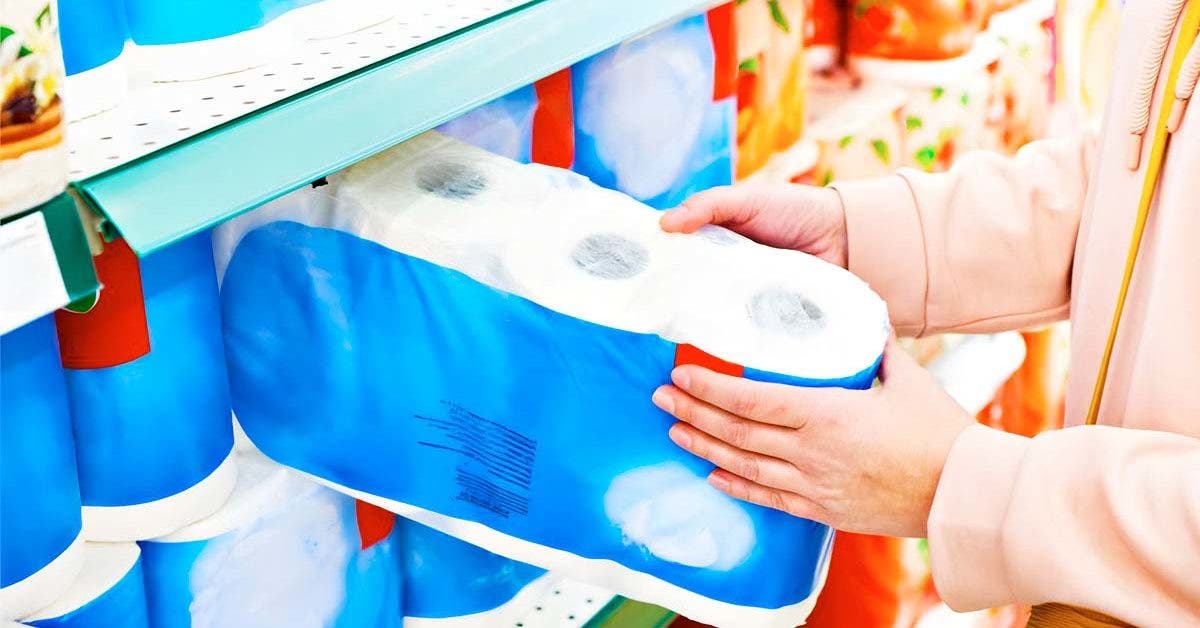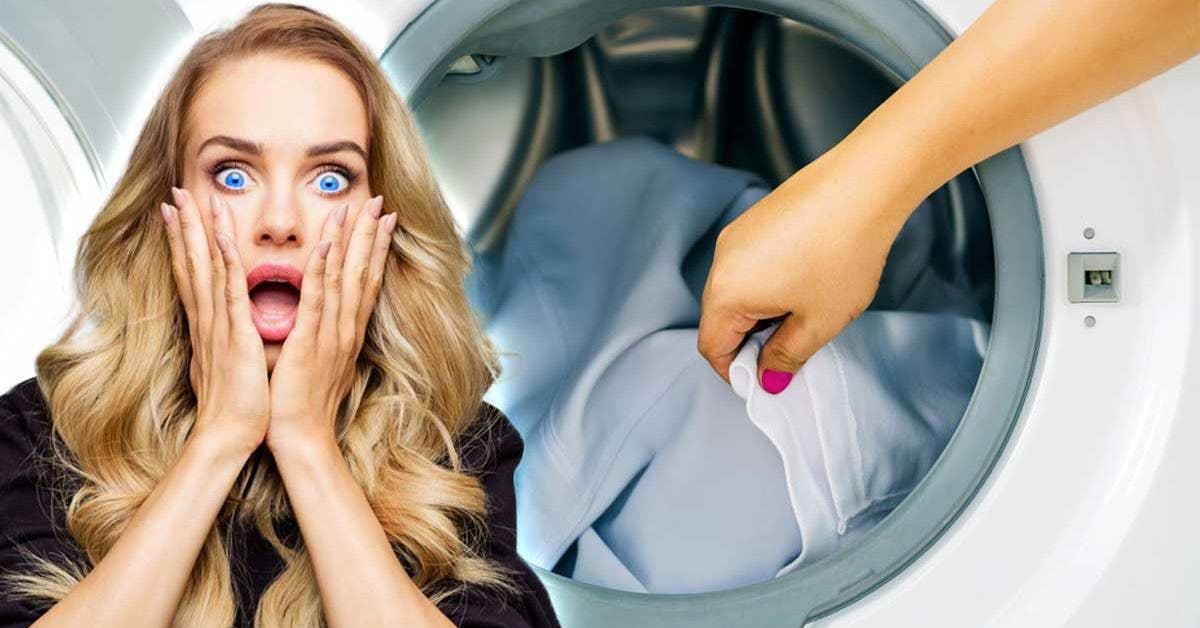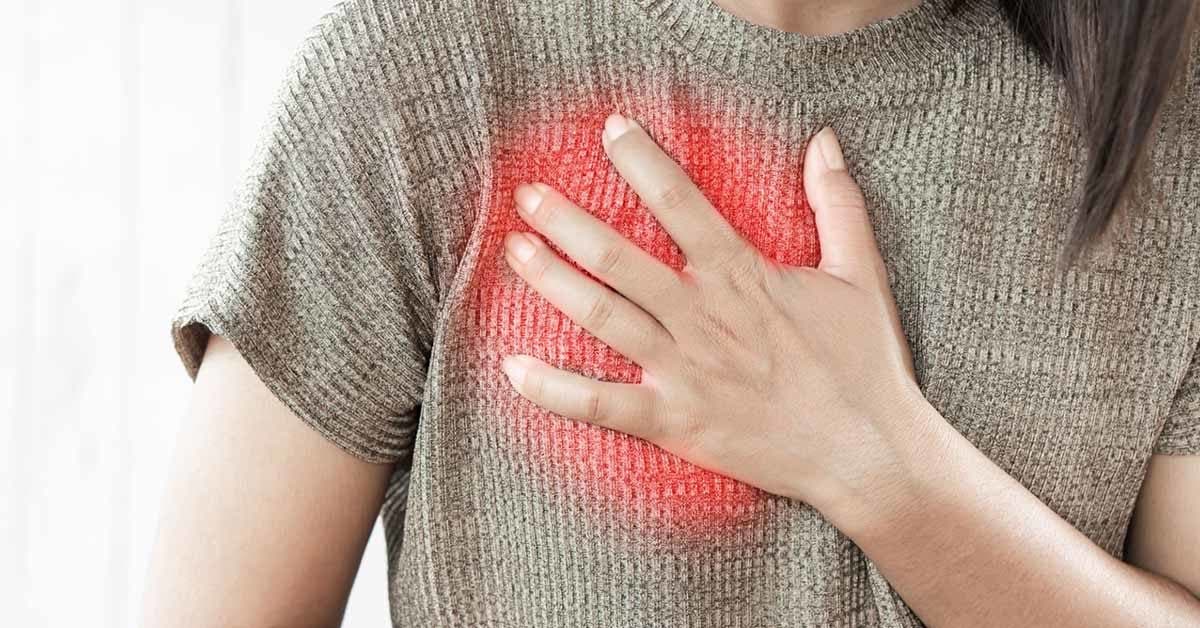Why are meat and toilet paper placed at the back of the supermarket? The unexpected strategy
A nightmare for some, a real pleasure for others. Anyway, going shopping at the supermarket is part of our daily lives. Whether you go there often or just occasionally, even if you are familiar with each department, there is surely a small detail that has escaped you: the location of certain products is intriguing. Why are essential items, like meat, milk or toilet paper tucked away in the back of the store, instead of being accessible near the checkouts?
Don’t get me wrong, everything is calculated down to the last detail. Sometimes you have the impression that the rays seem anarchic, but it is a mistake to believe it. Everything is in its place and there is a very specific reason for some unlikely locations. It’s no secret that supermarkets invest large sums of money in marketing their business. Their goal, of course, is to significantly increase sales by encouraging consumers to buy more. To do this, we must of course take into account social behavior, the recurring needs of each and the habits of customers. As a result of surveys and analysis, large chain stores use all sorts of merchandising strategies and techniques to increase profits. One of them is precisely the strategic placement of products in the store.
Why are meat and toilet paper at the back of the supermarket?
Buying Meat – Source: spm
Although there are slight differences in From one brand to another, you have certainly noticed that most supermarkets have a fairly similar and very specific organization. And for good reason, the majority of these department stores follow certain important rules and all have the same common objective: to increase sales and increase profits tenfold.
Have you ever wondered why one location rather than another? Well, starting from the observation that between 22% and 60% of sales come from spontaneous purchases (purchases driven by the impulses of the consumer), supermarkets necessarily use well thought-out marketing strategies, so that the carts are clearly filled before arriving at the cash registers.
Another very common observation: most people arrive with a well-defined shopping list (the budget too!), but end up with twice as many products. And in the majority of cases, our bags are loaded with items we didn’t even need. Bet won for supermarkets!
A well-thought-out marketing strategy
It must therefore be understood that nothing is not left to chance, everything is studied down to the last detail. And, it’s all about “marketing strategy” to push you to buy a lot of superfluous products and spend more.
Were you there to buy meat or toilet paper? Before you get to the things you really need, there’s quite a journey to be made: a journey that turns out to be very entertaining, full of colors, smells and articles that captivate the eye. It is therefore a bidding strategy that will make you spend a lot more than expected. As proof, according to some surveys, the value displayed at the cash register can sometimes be four times greater than what you thought you were buying at the start! Suffice to say, this strategy isn’t just smart, it’s just brilliant.
Put Essential Buys in the Bottom


Frozen products department – Source: spm
Thus, as you have surely noticed, the most common essential products such as milk, bread, meat products or hygiene products, are often placed in the furthest shelves of the store. Therefore, as they are not quickly accessible, the consumer will have to browse the entire supermarket and thus make what are called “spontaneous or impulsive purchases”.
Product availability
Ideally, the most tempting products are placed on the right and the basic purchases on the left. In this way, through this method, customers will see all the products. Nothing can escape them!
Location based on prices
Generally , the most economical products are placed on the bottom shelves. As for the more expensive ones, they are often found on the top shelves: they are more easily accessible to the eye and many customers in a hurry take them automatically without thinking. In this way, quite naturally, sales increase.
Use color typologies
Did you know that even colors have a certain power and a significant impact in increasing sales? Warm colors are powerful and intense. They have their place perfectly outside the store, especially in the windows, to attract and captivate the eye. Special mention for red, yellow and orange. As for cold shades, such as green, white or blue, they are readily found indoors so as not to offend consumers. They are more soothing and encourage purchase. However, next to the checkouts, certain bright or even fluorescent colors can have their place to stimulate the desire for impulse buying.
Periodic change of product locations
She buys toilet paper – Source: spm
Other strategic technique to attract more customers, and above all to prevent the relaxation of spontaneous purchases, is to get a facelift. In other words, from time to time, the store makes some small internal changes to surprise us and break the routine. This may annoy some regulars, but moving products breathes new life into the supermarket. The regular change of basic necessities is essential. Experts explain that when chain stores notice a drop in sales, they automatically restructure products on the shelves.
Read also 8 mistakes to avoid when shopping at the supermarket




